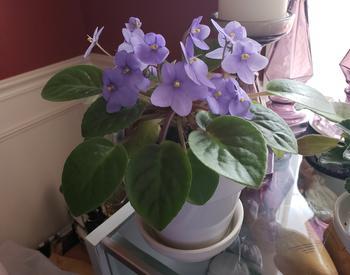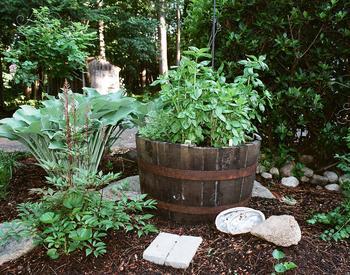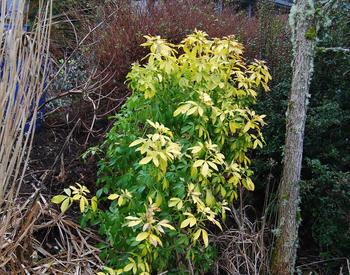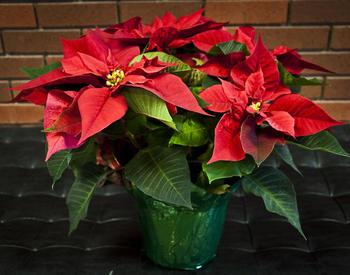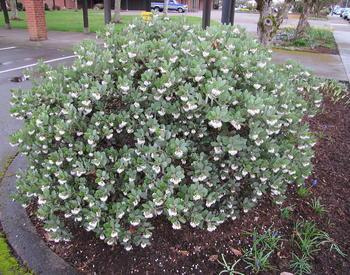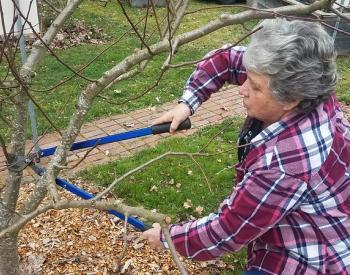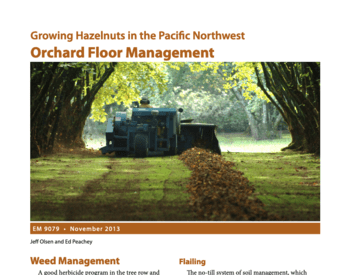CORVALLIS, Ore. – Would you like to grow the most fragrant mock orange on earth? How about a shrub that blooms in February or one that attracts hummingbirds in March?
These shrubs and more are native to Oregon and, in many cases, throughout the Pacific Northwest, according to Linda McMahan, community horticulture faculty at the Oregon State University Extension Office, Yamhill County.
Many shrubs that provide good color and blooms are also drought tolerant and can draw wildlife; some are hosts for native butterflies, others provide berries or other food for birds.
"February is a good time to purchase these plants because many local nurseries and Soil and Water Conservation Service offices are having sales,” McMahan said. “Also in February, some will be offered as bare root plants.”
Bare root shrubs come without soil attached, and it is important to place them in soil or in the ground shortly after you purchase them, McMahan advises. Dig a hole with a one-to-two-foot diameter and to the depth of the root system. Leave a mound in the middle of the hole and spread the roots around the mound. Hold the stem so that the place where it meets the roots lines up with the top of the hole. Then carefully fill in the hole with soil. Press down gently with your feet or hands and water the root area well.
"For the first year or two, you may need to apply additional irrigation in dry months to help your young plants survive, but many will require little or no water after the first year or two," McMahan said.
The native mock orange, Philadelphus lewisii, is considered to be the most fragrant wild mock orange. The large white blooms attract pollinators with their sweet fragrance each spring. It is fast growing to about six to eight feet. On Oregon’s west side, it requires little if any additional irrigation; however, east of the Cascades additional irrigation might be necessary.
Ribes aureum, the golden currant, is native to eastern Oregon, but grows as a drought-tolerant shrub throughout the state. Trumpet-like golden yellow flowers in late spring are followed by edible berries and golden fall color.
On the west side of the state the related red flowering currant, Ribes sanguineum, blooms in March, drawing hummingbirds that pollinate. It is one of the most popular ornamental native plants, with many colors available.
February bloomers are welcome relief in the winter. Two species of tassel bush are found in southern Oregon and can be grown west of the Cascades. They are the larger Garrya elliptica from the coastal areas and shorter Garrya menziesii, found naturally more inland. As the name implies, the flowers are formed like tassels that hang down from the shrubs. Both are evergreen.
Oregon grape, Berberis aquifolium, is Oregon’s state flower. Its evergreen leaves are complemented by bright yellow flowers and bluish-black berries.

